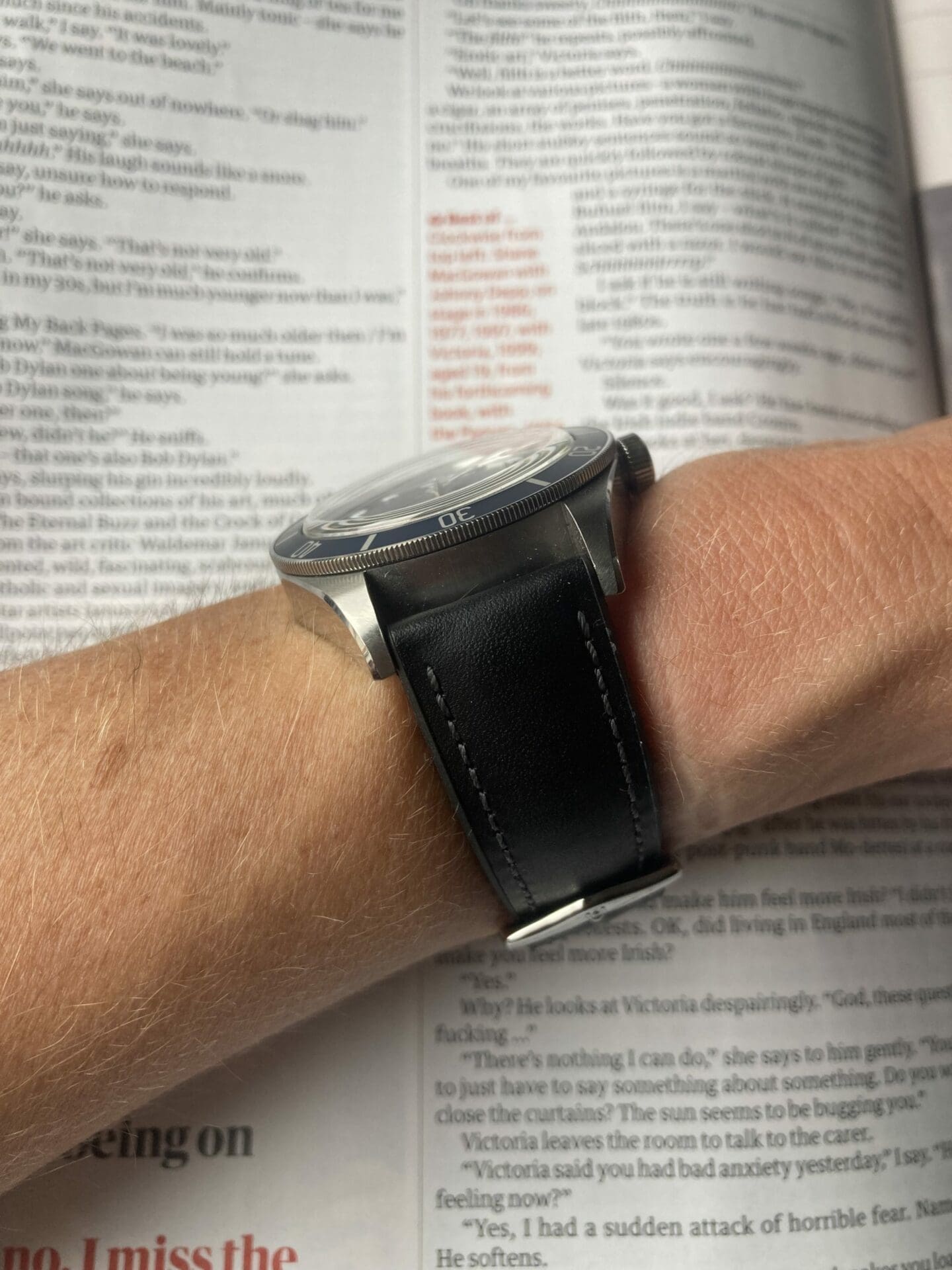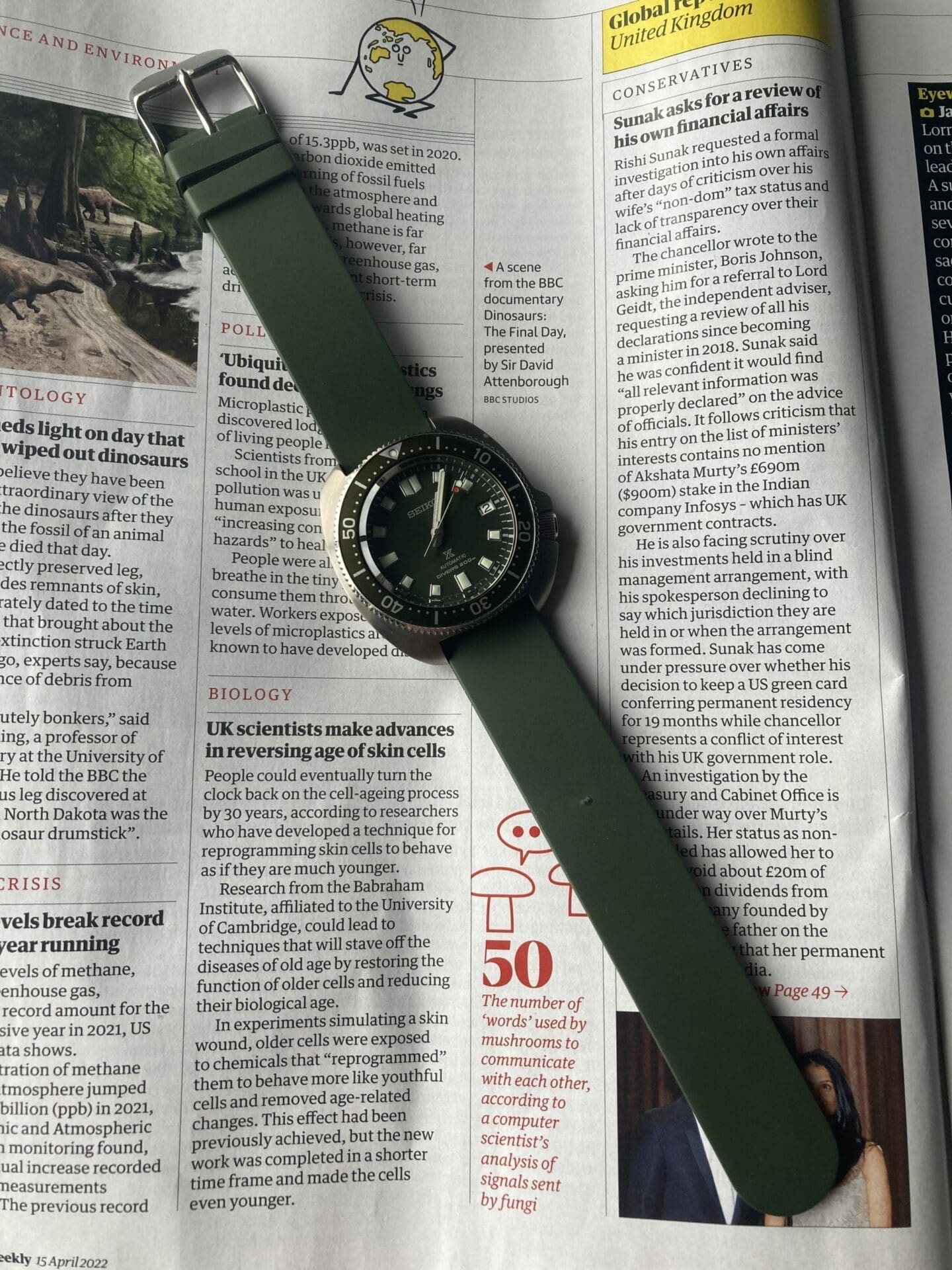Exploring some of the best rubber strap alternatives to a metal bracelet
Henry ZwartzWhen you think about it, straps are really half the game when it comes to watches. These precious metallic objects that keep time and reflect our tastes are also objects that live – sometimes for many hours at a time – on our wrist. And so straps really are a significant part of that equation and one that I explored when searching for good straps for a smaller wrist. But when I consider what straps to get for daily wear, I’m generally thinking about one material. Rubber. Why? Because like so many Australians I spend a lot of time at the beach or in the ocean or pool. And rubber offers you flexibility while not carrying the heft or weight of a metal bracelet. Or the annoying damp feeling that you get after you’ve taken your NATO or canvas strap into the big blue. Not all rubber straps are created equal, however, and through my research I’ve come across a few handy tips I’d like to share with you.
What to look out for when you want to buy a rubber strap?
To best answer this question, at the very outset of your journey to find the right rubber strap, you need to think about what sort of aesthetic you are going for. Is it for a sporty dress watch, or do you want something tough as nails for diving? Maybe you have multiple waterproof watches and so you’re looking for something with a muted aesthetic to match a variety of watches in your collection. Thinking this through before you buy will save you time and money in the long run.
A good starting rule once you’ve settled on an aesthetic is to look for genuine rubber, often referred to as caoutchouc rubber. While some brands offer great silicone options, genuine rubber is generally comfier, and will retain colour better over time.
Some brands to look for
We’ve previously explored some of the best straps if you’re to looking to put your Rolex on rubber. But I’m now looking further afield. As luck would have it, Time & Tide stock some of the very best rubber straps you can buy, including options from ISOfrane and Tropic (pictured above). The ISOfrane dive strap debuted in the early 60s and offers ventilation in the form of holes to let the skin breathe. Tropic, on the other hand have a more retro aesthetic with their textured “tapestry” surface.
My current favourite rubber strap is a model called the Hirsch Pure – which comes in short lengths at 20mm which is perfect for the smaller wristed. It’s also beautifully plain and slender, the perfect blank canvas for your trusty daily wearer. These retail for about $80 USD. So while not cheap, they are equally at home on a dressy sports watch or a tough looking diver and offer the build quality to match.

Another option from Hirsch that I’ve recently had my hands on is the ‘Hirsch James‘. This truly looks like a leather watch strap with stitching but is actually a hybrid strap consisting of smooth vegetable tanned Italian calfskin leather with natural rubber lining. At USD $119 you get a strap that looks as equally at home in the boardroom or the beach.

On the value end of the proposition, but in no way skimping on quality, is the Italian brand Bonetto Cinturini. I’ve taken one of their ‘Model 270’ on a dive with my Seiko SPB153. They are slightly thicker than the Hirsch Pure but reflect that toned-down aesthetic that you can apply in any situation. And the buckle in fact feels even sturdier than either Hirsch model.

At USD $35 you aren’t putting out significant outlay for the quality and flexibility of what you get. A cool side feature of the Boneto is you ‘pop’ the holes in the strap by using the clasp, so you don’t have any unnecessary holes in your strap. This creates a smooth, stylish look.
They’re just a few of my current favourites, but if you’re keen to explore more options yourself here’s my advice.
Wherever possible focus on brands that specialise in this area and offer genuine, high quality rubber – don’t be tempted to cheap out on silicone. Believe me, get your choice right and you’ll be bouncing back for more.





